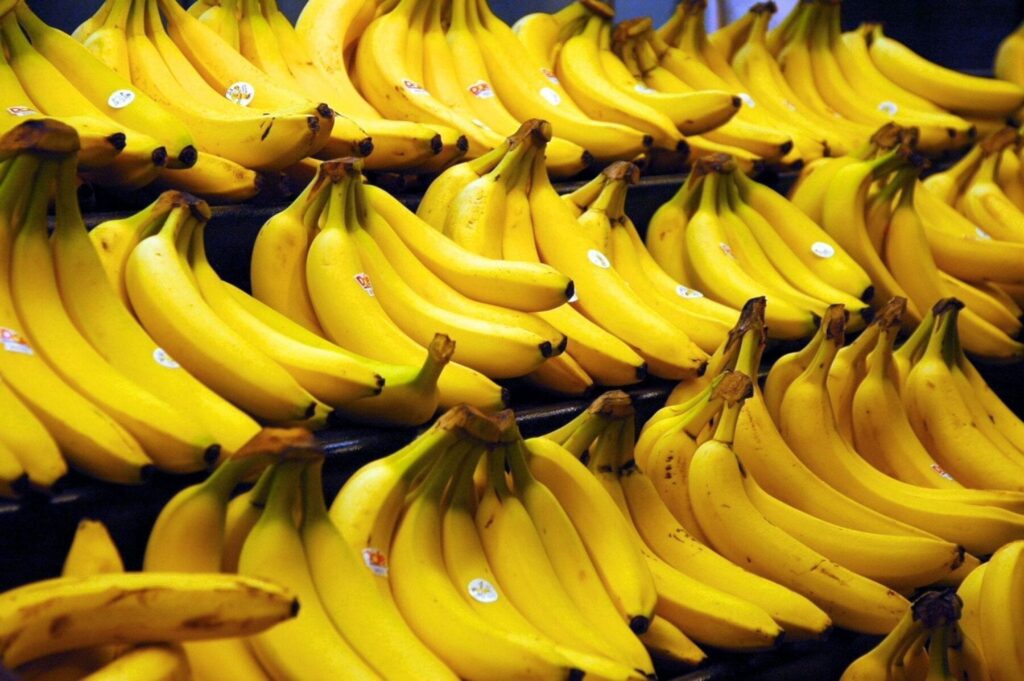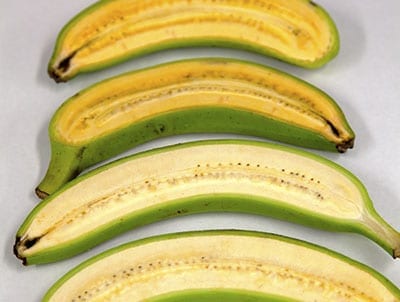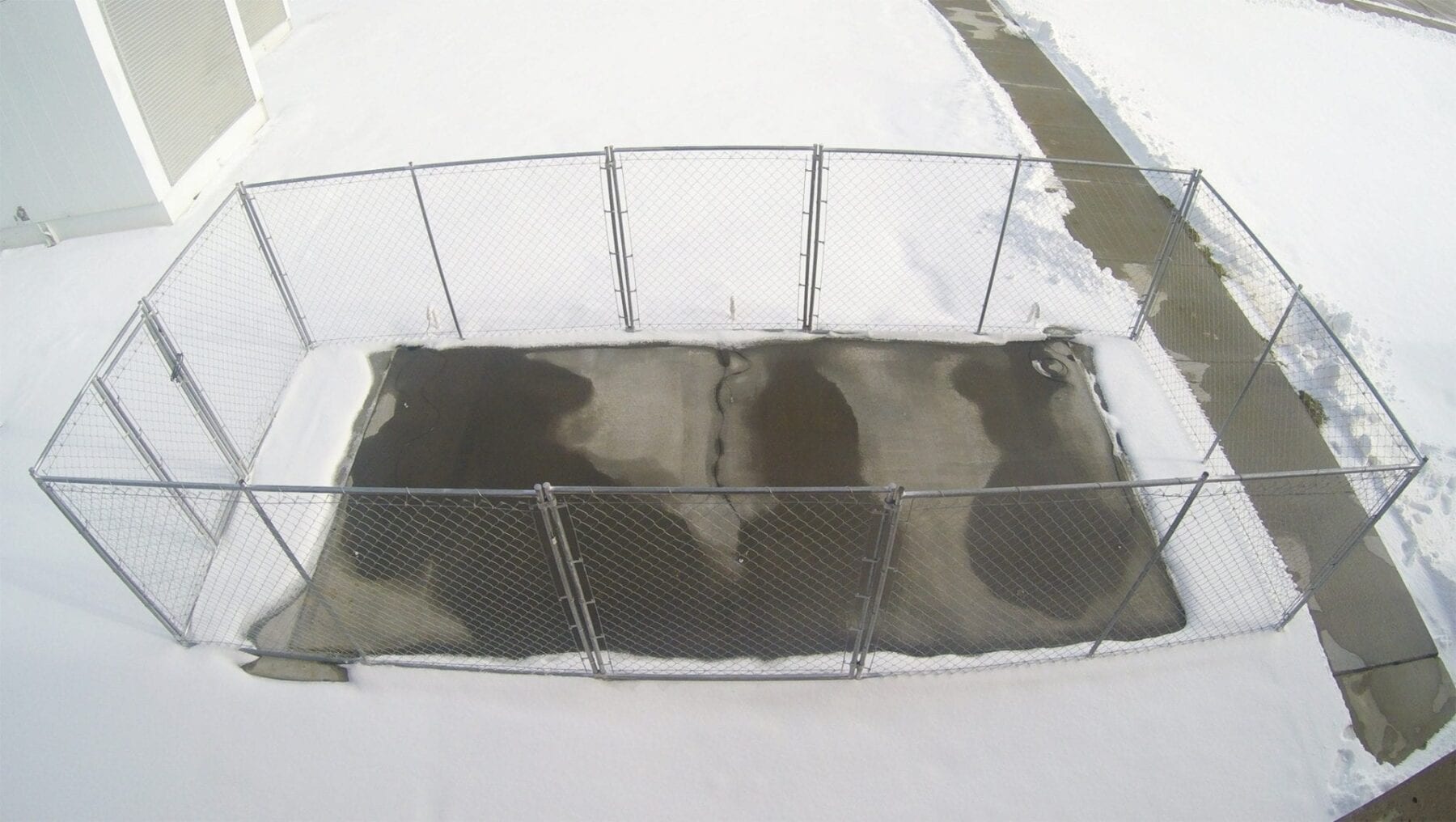
Buy a banana and it will almost certainly be descended from one plant grown at an English stately home. But now we face losing one of the world’s most-loved fruits.
Sitting in picture-perfect Peak District grounds, Chatsworth House seems an unlikely birthplace for today’s global banana industry.
But practically every banana consumed in the western world is directly descended from a plant grown in the Derbyshire estate’s hothouse 180 years ago.
This is the story of how the Cavendish became the world’s most important fruit – and why it and bananas as we know them could soon cease to exist.
The birth of the Cavendish banana
Bananas have been grown at Chatsworth since 1830 when head gardener Joseph Paxton got his hands on a specimen imported from Mauritius.
He had apparently been inspired after seeing a banana plant depicted on Chinese wallpaper in one of the home’s 175 rooms, but today’s head gardener Steve Porter is sceptical about the story.
“Certainly the timings fit”, he said, “but I think it’s much more likely that Paxton was always on the lookout for new and exotic plants and was well connected enough to know when the banana plants arrived in England.”
Paxton filled a pit with “plenty of water, rich loam soil and well-rotted dung” with the temperature maintained between 18C and 30C (65F and 85F) to grow the fruit he called Musa Cavendishii after his employers (Cavendish being the family name of the Dukes and Duchesses of Devonshire).
“At that time for a family in England to be able to grow their own bananas to feed their guests was very exciting,” said Mr Porter, adding: “It still is for us today.”
In November 1835 Paxton’s plant finally flowered and by the following May it was loaded with more than 100 bananas, one of which won a medal at that year’s Horticultural Society show.
A few years later the duke supplied two cases of plants to a missionary named John Williams to take to Samoa.
Only one survived the journey but it launched the banana industry in Samoa and other South Sea islands (Williams himself was killed by natives).
Missionaries also took the Cavendish banana to the Pacific and the Canary Islands.
So the Cavendish spread, but it is only in relatively recent years that it has become the exporter’s banana of choice, its rise in popularity caused by the very thing that is now killing it off – the Panama disease.
Bananas on the brink
Read more: The imminent death of the Cavendish banana and why it affects us all
The Latest on: Panama disease
[google_news title=”” keyword=”Panama disease” num_posts=”10″ blurb_length=”0″ show_thumb=”left”]
via Google News
The Latest on: Panama disease
- Nearly 200 people sick in norovirus outbreaks on Princess, Royal Caribbean shipson April 26, 2024 at 12:35 pm
Nearly 200 people got sick in norovirus outbreaks on Princess Cruises and Royal Caribbean International ships.
- Colombian banana exports to increase in 2024on April 26, 2024 at 3:00 am
The Colombian industry sees two peaks for banana exports each year, the first happening now, between April-May.
- Strategies To Save The Global Banana Industryon April 16, 2024 at 7:00 am
Bananas are one of the world’s most widely available fresh fruits but their future is threatened by a deadly plant disease. Fortunately there are potential solutions ...
- The surprisingly dark history (and doomed future) of bananason April 8, 2024 at 4:43 am
The conditions made them vulnerable to disease epidemics, especially since the infrastructure connecting the farms could quickly spread pathogens. A fungus called Tropical Race 1 tore through Gros ...
- Case of the disappearing bananaon March 28, 2024 at 5:00 pm
THE bananapocalypse is coming. That’s the likelihood that sometime in the next decade, bananas may disappear, victims of a fungal pathogen known as Panama Disease. The disease is on the march ...
- Scientists warn bananas could go EXTINCT due to fungal diseaseon October 23, 2023 at 8:01 pm
Cavendish crops in Asia, Africa, the Middle East, Australia and Central America have already been infected by the Panama disease, a soil-born fungus. The disease causes the plants to wilt by ...
- Cavendish bananas resistant to panama disease tropical race 4 (TR4) (IMAGE)on October 15, 2021 at 9:56 pm
QUT researcher Distinguished Professor James Dale and his team have successfully developed a line of Cavendish bananas resistant to Panama disease tropical race 4 (TR4). Disclaimer: AAAS and ...
- The ‘pandemic’ destroying the world’s favourite fruiton August 28, 2020 at 6:43 pm
Sound familiar? Although this may sound remarkably like Covid-19, I am actually talking about Tropical Race 4 (TR4), a disease that affects bananas. Also known as Panama Disease, it is a fungus ...
- The ‘pandemic’ destroying the world’s favourite fruiton August 2, 2020 at 7:56 am
Sound familiar? Although this may sound remarkably like Covid-19, I am actually talking about Tropical Race 4 (TR4), a disease that affects bananas. Also known as Panama Disease, it is a fungus ...
- TR and the Panama Canalon November 9, 2011 at 1:06 pm
Disease struck, and three out of four Americans booked passage home. Engineer Wallace soon followed. The Americans had poured $128 million into the swamps of Panama, to damned little effect.
via Bing News











